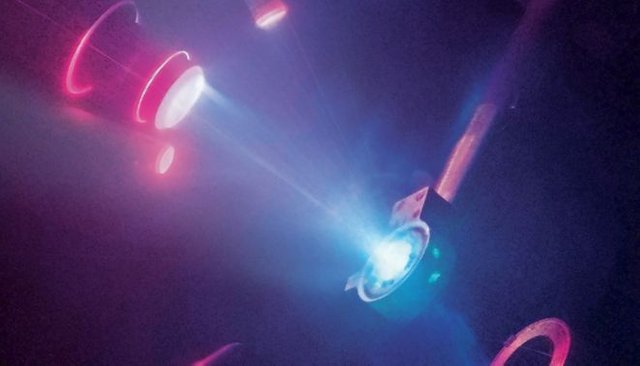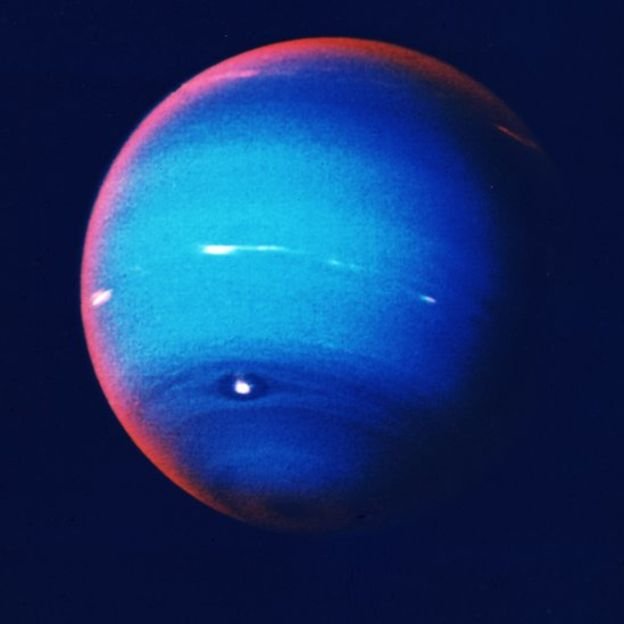How is the superionic ice, the intriguing state that is liquid and solid at the same time whose existence has just been proven

Thirty years ago a theory emerged that seems a contradiction: there is a state of water that is solid and liquid at the same time.
According to theoretical scientists, the so-called superionic ice would help explain the strange magnetic field of Uranus and Neptune.
Over the years, many researchers contributed theoretical, but never experimental evidence of their existence.
Until now.
They managed to create superionic ice, according to a study published this week in the scientific journal Nature Physics , scientists from Lawrence Livermore National Laboratory (LLNL) .
For this, the researchers led by the physicist Marius Millot heated the water to several thousand degrees under extremely high pressure conditions.
In other words, they managed to recreate a situation similar to that which exists within Uranus and Neptune , as well as in other ice giants that are outside the Solar System.
"These experiments present many challenges, so it was really exciting to see that we could learn a lot from the data, especially because we spent about 2 years making the measurements and 2 more years developing the methods to analyze the data," Millot said in the statement. LLNL.
Water and ice
Water (H2O) is a molecule composed of two hydrogen atoms (H) and one oxygen (O).
During the LLNL experiment, while the extreme heat broke the chemical bonds that bind these atoms, the high pressure caused a solid network or structure of oxygen to form through which the hydrogen ions moved.
That is why superionic ice is a solid and a liquid at the same time that, in addition, it is a conductor of electricity.
Is the fire liquid, solid or gaseous? And, why is it hot?
"As they begin to validate that kind of (theoretical) predictions, the hope arises of being able to start thinking about designing new materials ," another of the study's authors, Raymond Jeanloz, professor of planetary sciences at the University, told the newspaper. of California in Berkeley, USA

He added: "You say what properties you want and someone can use a computer to decipher what kind of material, what kind of elements to collect and how they should be grouped to generate those properties."
But this work also has important implications outside the confines of the Earth.
From the planetary sciences it is believed that Uranus and Neptune contain large amounts of superionic ice .
This would explain why their magnetic fields are tilted and off center.
"The magnetic fields provide crucial information about the interior of the planets and their evolution, so it is gratifying that our experiment can prove and, in fact, support this explanation," said Jeanloz in the LLNL statement.